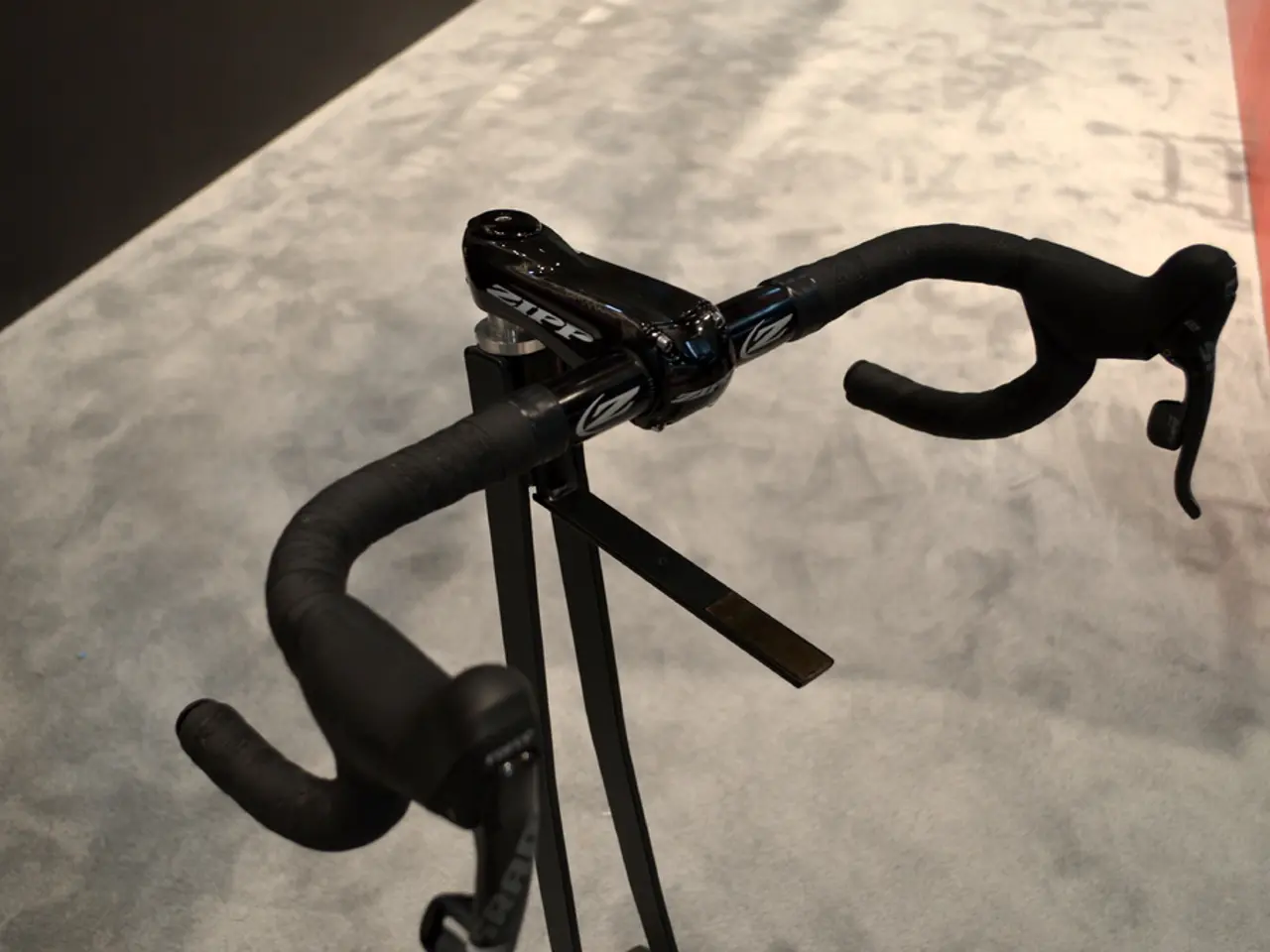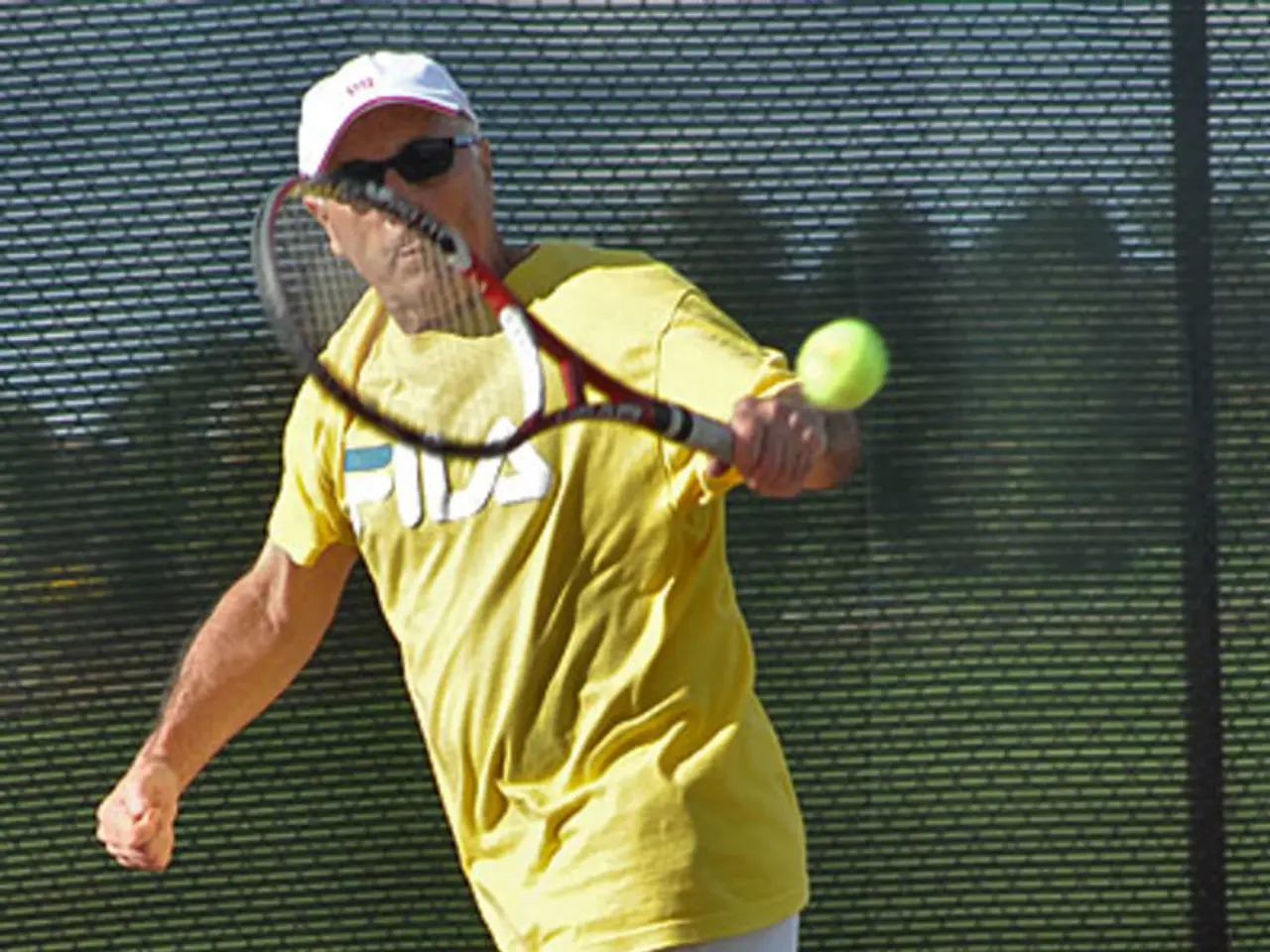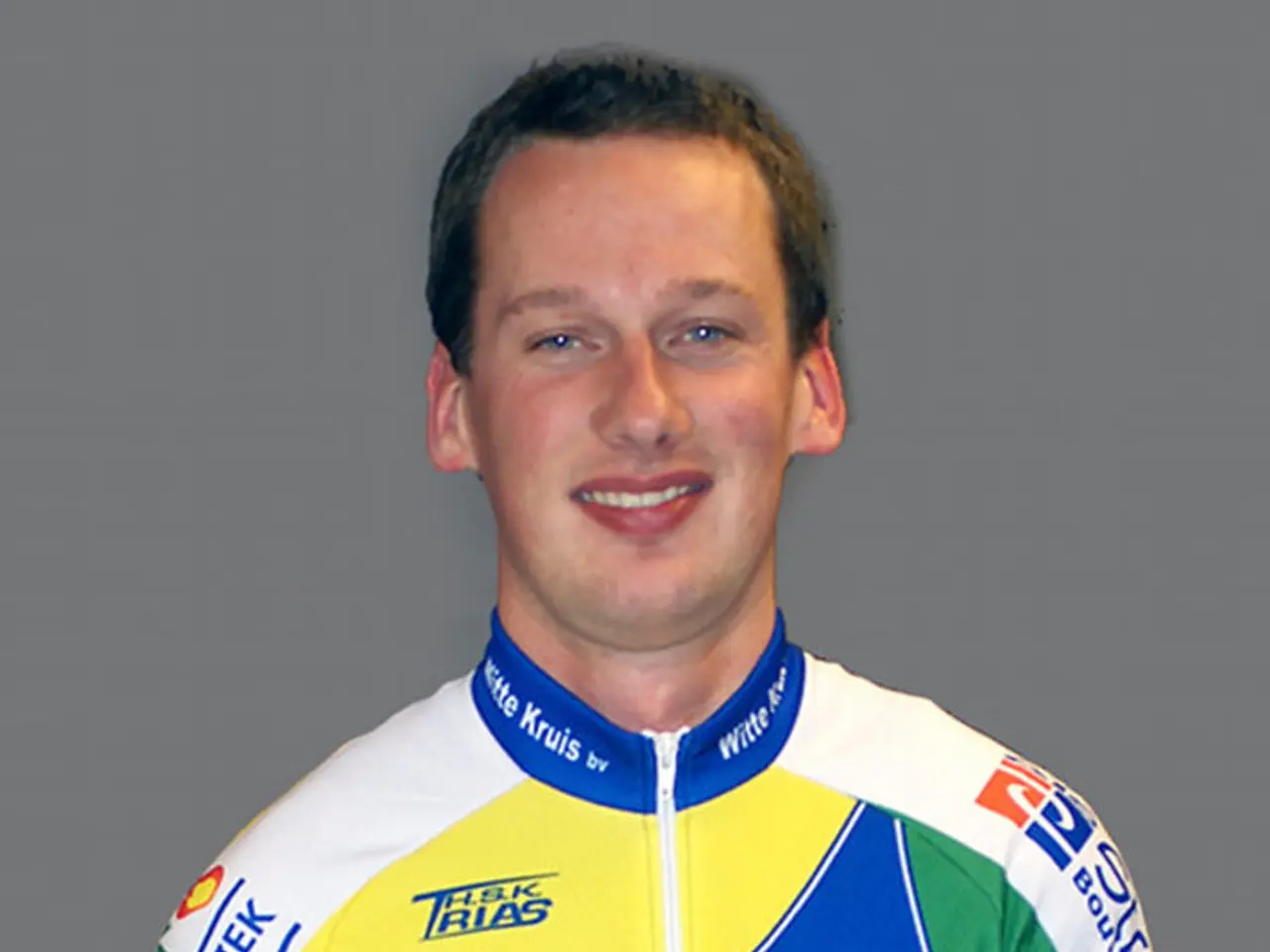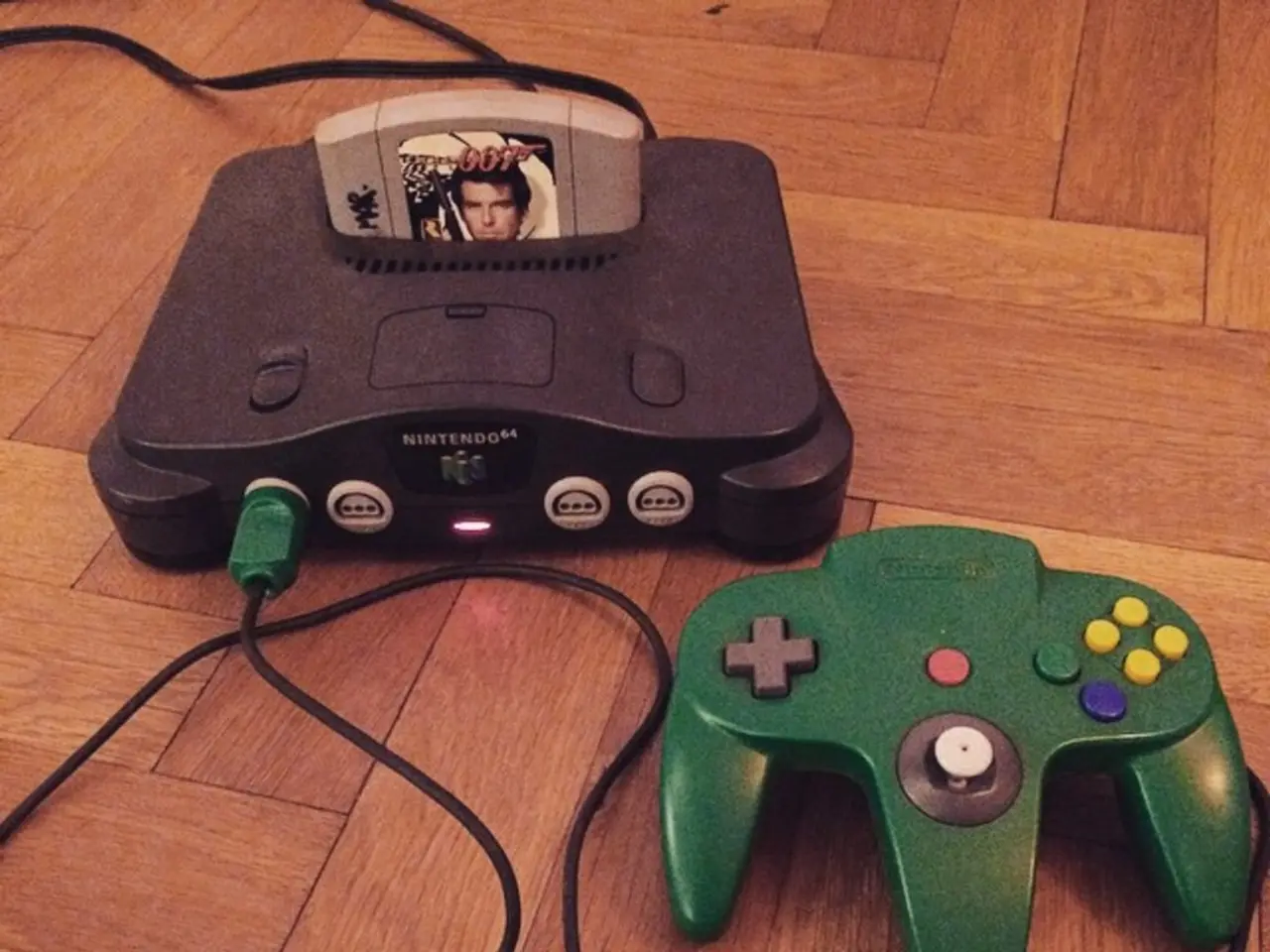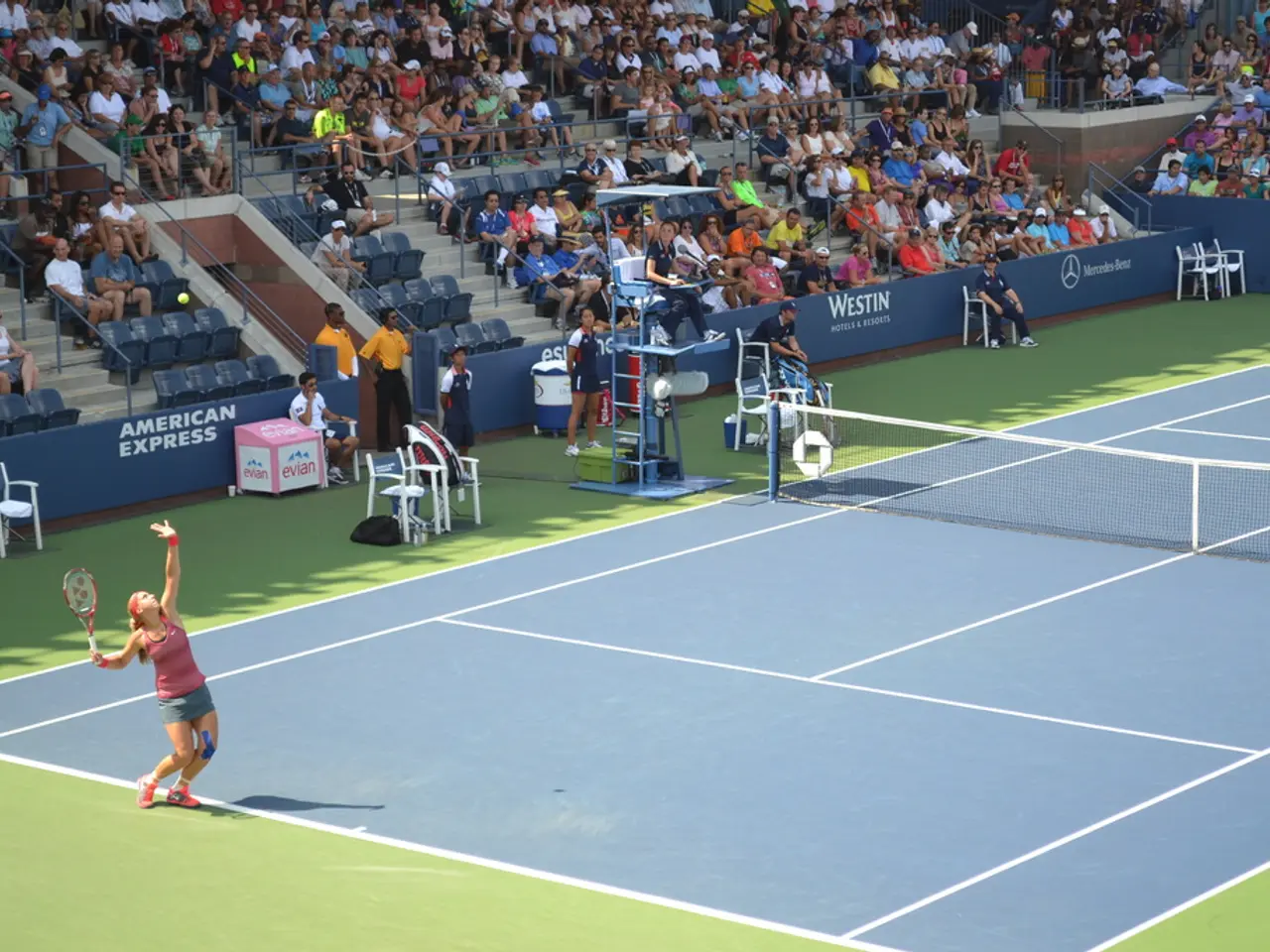BMX Handlebar Angle (Forward or Aligned Position?)
In the world of BMX, finding the perfect setup is crucial for optimising performance, comfort, and control. One critical adjustment that can transform a bike's handling characteristics is the handlebar angle. This article will explore the factors that influence the ideal handlebar angle and provide some guidelines for riders to find their perfect fit.
Riding style significantly impacts the preferred BMX bar angle. For instance, freestyle and street riders often prefer bars with a slight forward lean to improve handling and control during tricks and tight maneuvers. On the other hand, racing and flatland disciplines require a more neutral or slightly backward angle to enhance stability and balance.
Physical build is another essential factor to consider. Taller riders may benefit from a slightly more forward angle to ensure proper arm extension and comfort. Riders with wider shoulders may prefer a wider bar to match their shoulder span, while narrower shoulders might suit a narrower bar. It's essential to find a handlebar width that allows for a slight bend in the arms (around 10-15 degrees) for optimal comfort and control.
Adjusting the bar height and angle can also help maintain a comfortable back and neck position. Some riders prefer a higher bar for reduced strain on the back, while others might find a lower bar more comfortable.
When it comes to adjusting the handlebar angle, riders have several options. Using spacers under the stem can increase bar height, while flipping the stem can adjust the angle. A stem with a positive rise can also be used to raise the front end.
It's crucial to experiment with different bar angles during rides to find the optimal position that balances comfort and performance. After each adjustment, riders should test the bike's handling and focus on how well they can perform tricks and whether their position feels more natural and comfortable.
The quest for the "ideal" bar angle is highly subjective and varies from one rider to another. The ongoing fine-tuning process ultimately leads to a personalised fit that enhances your riding experience, performance, and enjoyment of BMX. Regularly re-evaluating and tweaking your handlebar angle ensures your setup remains optimised for your current riding style and physical needs.
In conclusion, customising a BMX setup is crucial for optimising performance, comfort, and control. By considering your riding style, physical build, and personal comfort preferences, you can find the perfect handlebar angle that will take your BMX experience to the next level.
Freestyle and street BMX riders typically prefer handlebars with a slight forward lean to improve handling and control during tricks and tight maneuvers, while racing and flatland riders often opt for a more neutral or slightly backward angle for enhanced stability and balance.
When experimenting with handlebar angles, it's essential to test the bike's handling and focus on how well you can perform tricks and whether your position feels more natural and comfortable, as this aids in discovering the optimal handlebar angle for your BMX experience.
